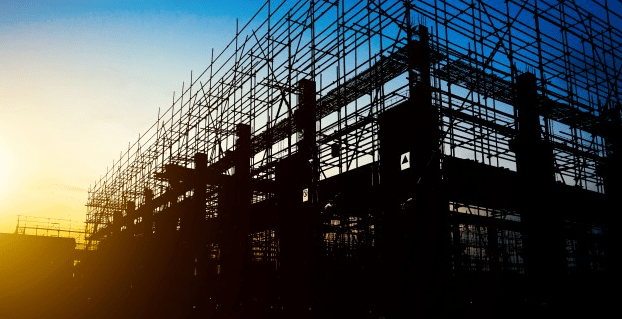Foundations are essential to maintain as they are the base of your buildings. If the foundation is weak, your entire building becomes unsafe and non-functional.
Many landowners or agents complain of the foundation being unsafe. It often happens when the soil becomes dry, and the foundation will move, crack, and begin to break the structure as moisture leaves the land and returns unequal.
Whatever the cause, there are several solutions to this issue as well. Let’s have a look at ways to maintain foundations with added tips for safety and durability
Ways to Maintain Foundation
You will be able to keep your home and family secure from problems by learning how to properly maintain your foundation and watch for early signs of trouble.
1. Maintain the soil moisture
The foundation starts weakening when there is no moisture content within it. Foundation cracks are often present when the clay soil dries out. The drying is usually either caused by natural or human drought. The consequences suffered are that when it dries, it forms cracks. To prevent such sightings, make sure to keep your foundation moist.
2. Manage drainage management and maintenance
Another mentionable thing about everyone is that they do not need their lawn to be fit with water. To install a drainage system and maintain it. After it devises a schedule to direct water away from the house, always keep an eye out for stagnant water or shortage in your land.
3. Address all plumbing problems
Whenever you see any plumbing issue, fix it right away because when extra water to the soil moistures it beyond the limit. Providing moisture more than needed causes your foundation to soft and lose its evenness.
4. Take care of cracks and bowing
The earlier you notice a problem with your foundation, the simpler it will be to repair it. Users already have a significant problem if you notice big cracks or wall bowing. Keep an eye on your foundation as well as your walls and floors. If you see signs of foundation cracking, call a professional right away. It is your only opportunity to repair the damage and prevent further foundation movement.
5. Look for tree roots
If tree roots are moving closer to your foundation, you will need to take drastic measures. A tree belonging to any species is an addition to the scenic beauty of your yard. Make sure you do not plant the trees close. If they are near each other, the tree’s roots are as big as branches coil around the soil, leaving it more water-deprived. Moreover, having shrubs next to each other causes problems for drainage.
6. Place flower beds a little low
Many people appreciate elevated flower beds, which are flower beds that protrude from the ground. Although this is attractive, your flower beds must not exceed the height of the foundation and, in reality, should be artfully sloped away from the house to improve the yard’s capacity to drain excess water.
7. Know the correct thermostat settings
To consider such a thing might be a surprise for you. However, temperature plays an important part. It is essential to provide temperatures ranging from 40f to 100f. When going on vacation, keep your thermostat at a low level.
8. Consult an expert
When looking for such issues for contact professionals and seek their assistance. If you want a good picture of the overall risk, we suggest a clinical evaluation. Individuals will not only be able to tell you whether your foundation is in good shape right now, but they will be qualified to give you some pointers on the best preventive measures in your field.
3 Simple Tips For Durability and Safety
A minute number of people recognize that durability is essential for their house to stand. Follow these simple three for durability and safety!
1. Build it on clear space
Whenever building a house, landowners or constructors make sure that the structure is on clear land as a floor. The purpose of such a measure is to make sure a strong building exists. Once you have purchased the plot of land, invest the opportunity to clean it up. Review the following items on the area.
- Make sure no area has a soft portion of soil
- Remove trunks or shrubs found in the top layer of soil
- Make sure to remove debris.
2. Use time-proven durable materials
Many people have used different materials and tested them for the durability of them. We recommend:
- Wood
- Stone
- Brick
- Concrete
- Iron and steel
Your architect and building contractor can collaborate to construct your home using either of these materials. Concrete is often at the base of today’s homes. In addition to concrete, you may use wood, stone, and bricks as accent pieces or flooring. Similar to your body’s joints and muscles, iron and steel can reinforce your building. When iron and steel are utilized to bind and join concrete, it becomes more durable.
3. Framing Inspection Should Be Prioritized
Quite apart from curing, it is also a good idea to give framing inspection a lot of weight and value. Take the time to inspect the base regularly before you do something else. If you have no experience with home design, you should accompany your contractor and architect on their inspections. It was to demonstrate that any current issues addressed are and resolved until it is too late. Your base must be flawless, as there is no space for error; this is where your home’s long-term stability is determined. The advances in architectural and engineering technology also made it easier to build homes out of long-lasting materials.
The bottomline
While it will be more expensive, consider it an investment in the future and a safeguard for the entire family. The current trend in living is to remain in one place for extended periods; it is no longer necessary to move from one location to another. As a result, your home must be able to withstand the test of time.











